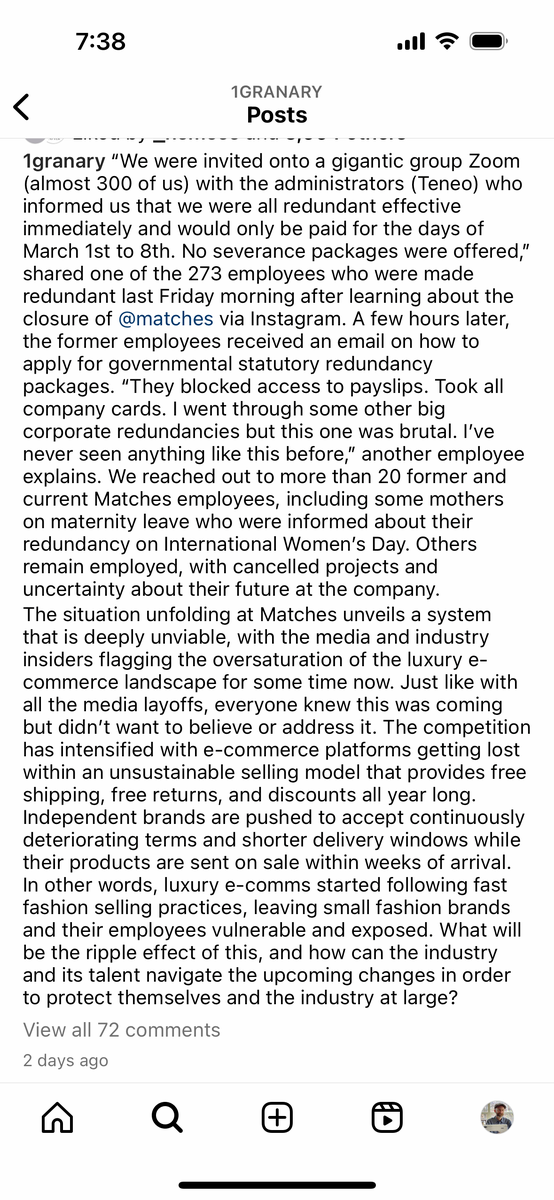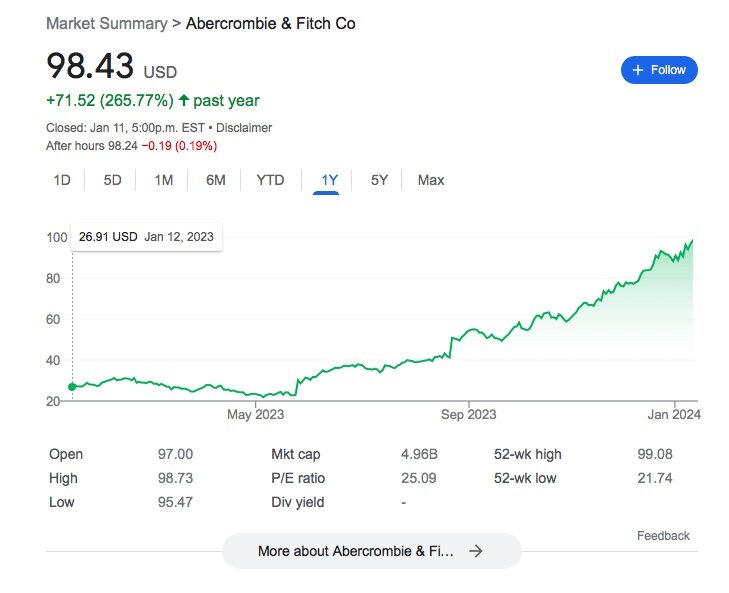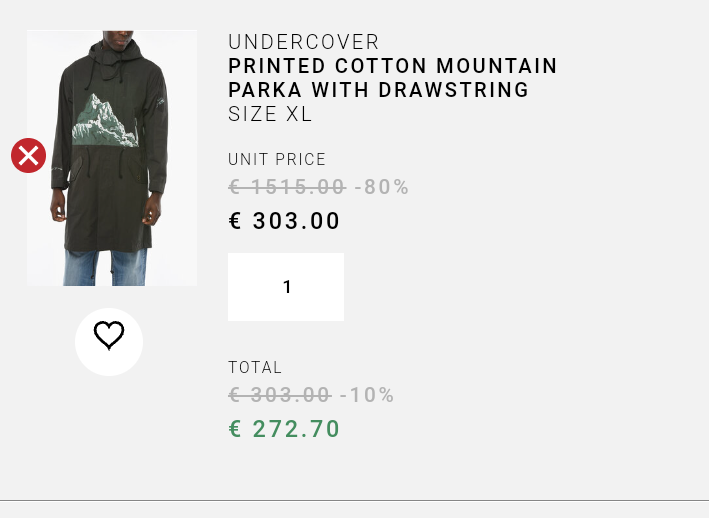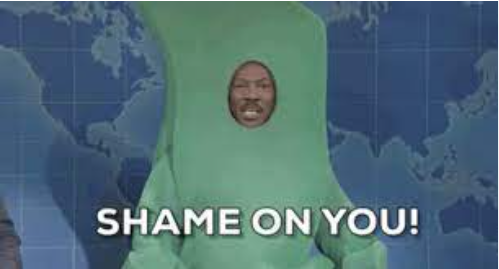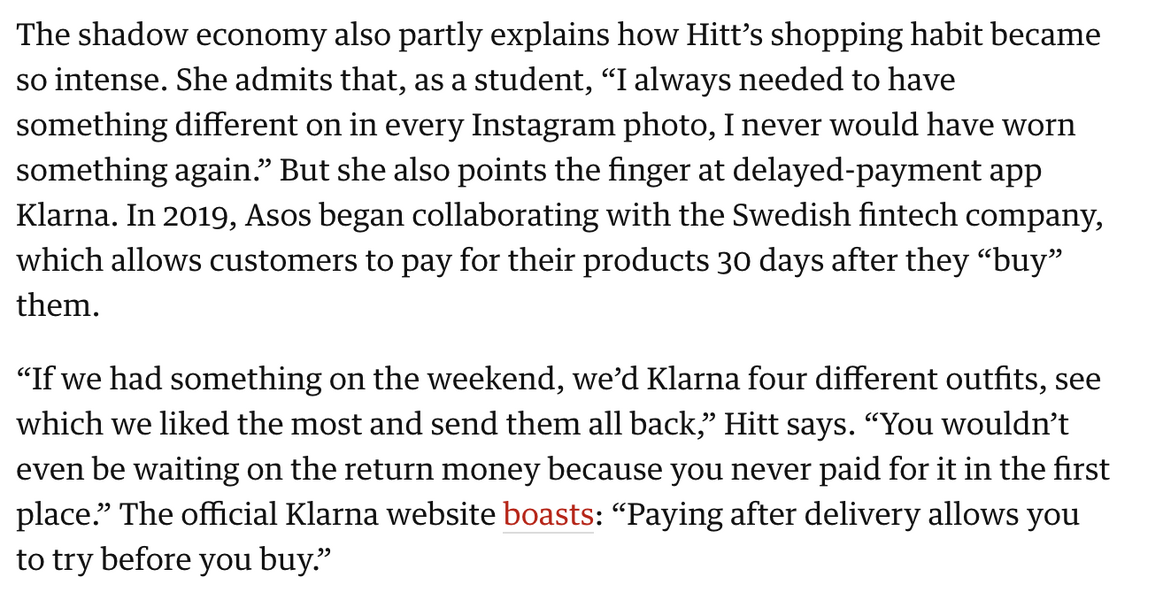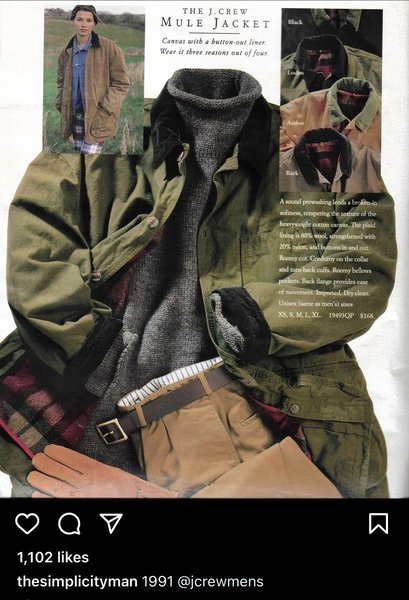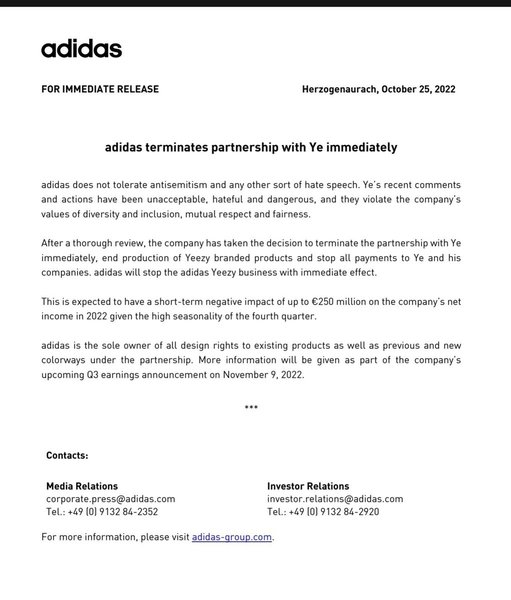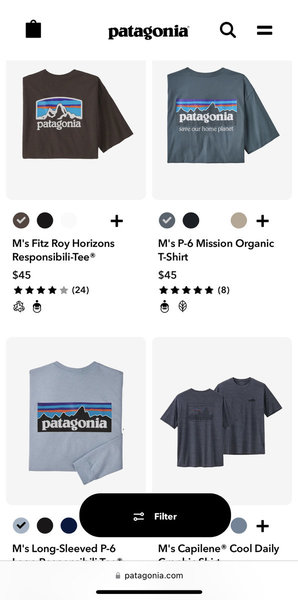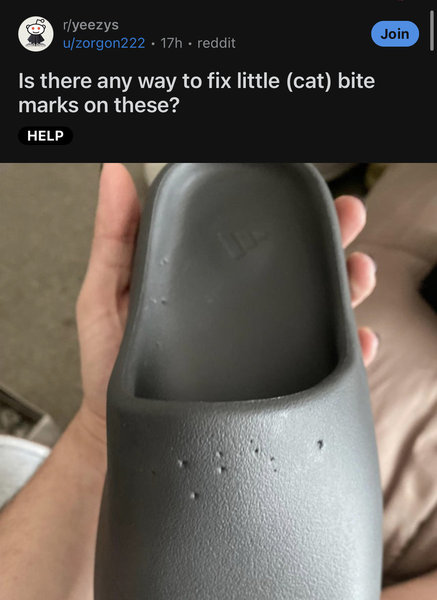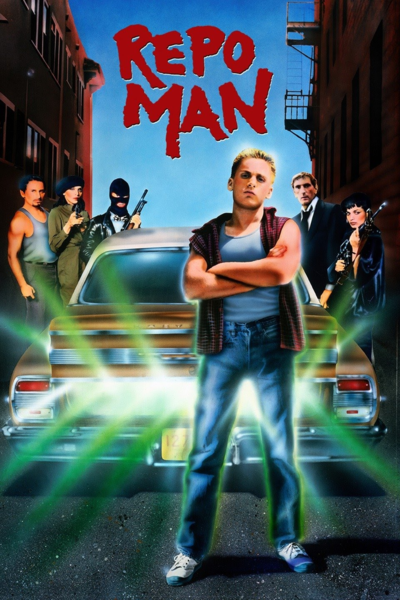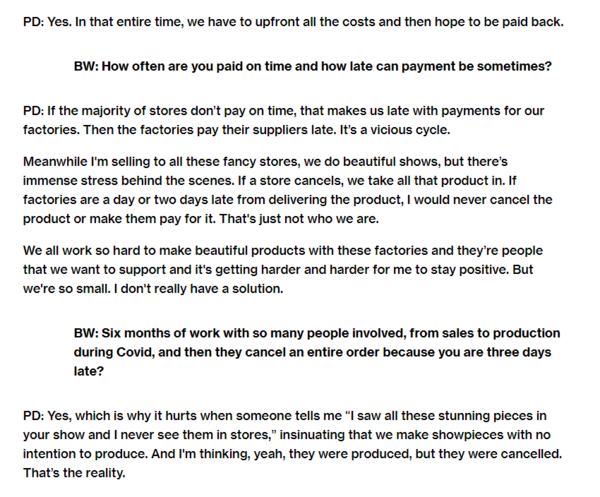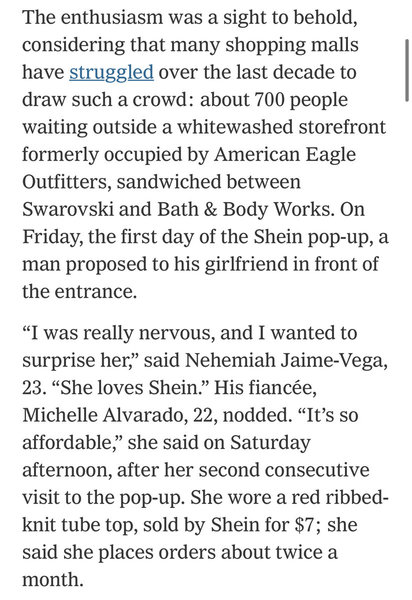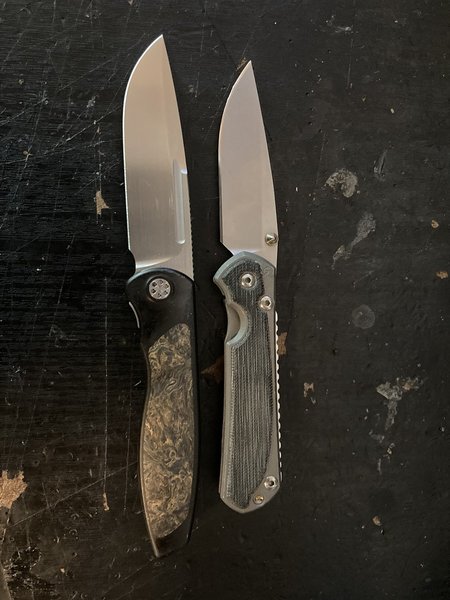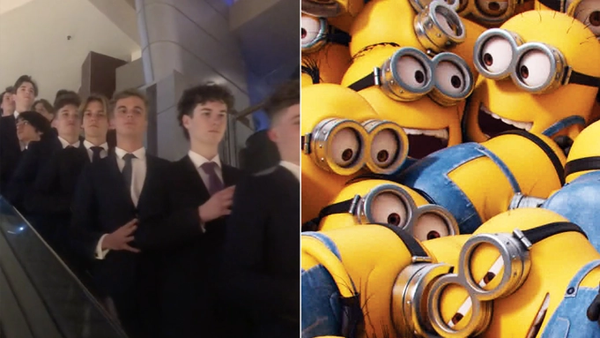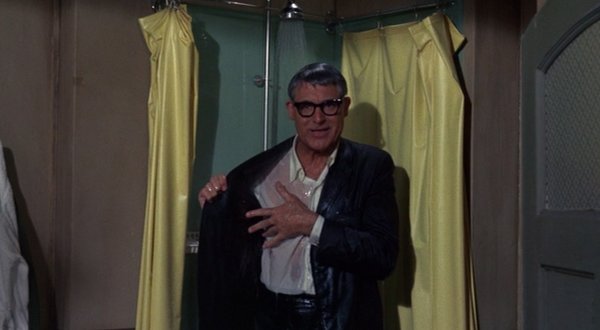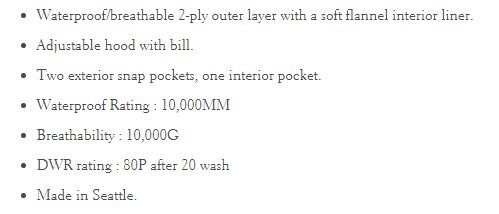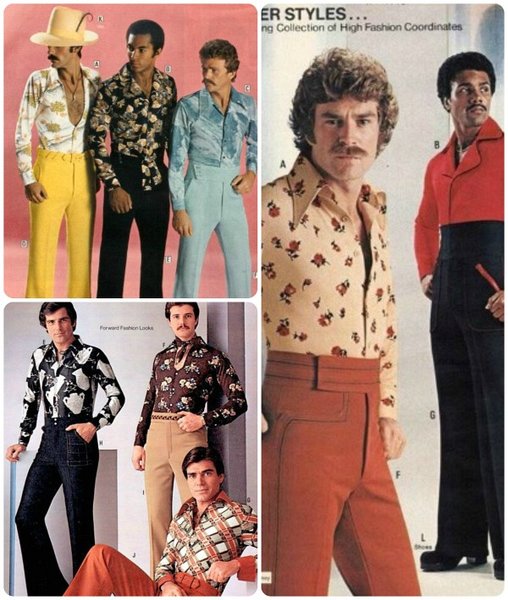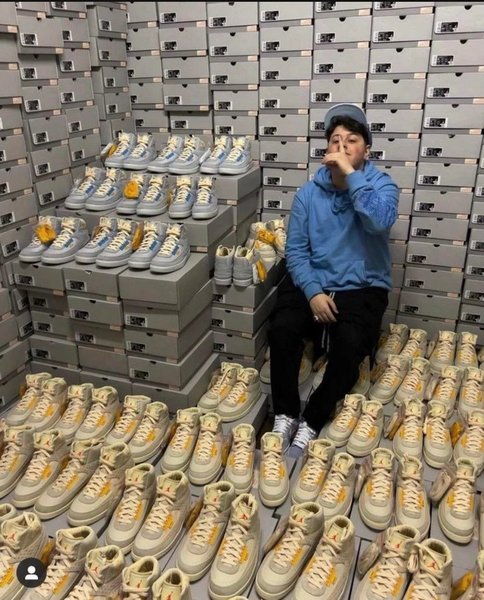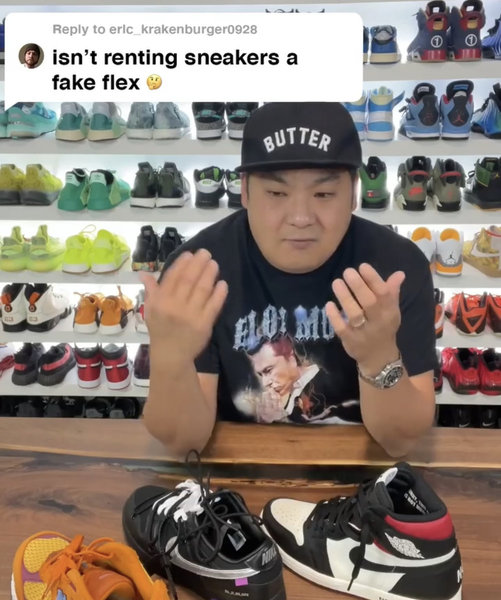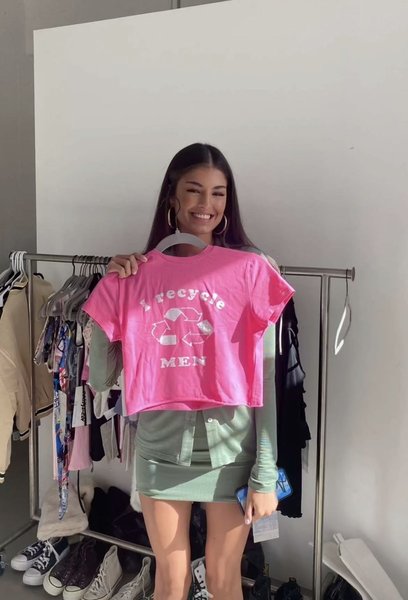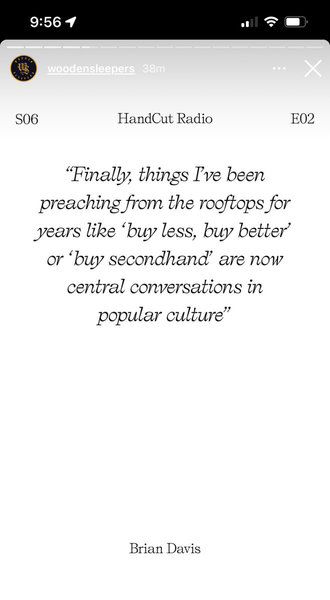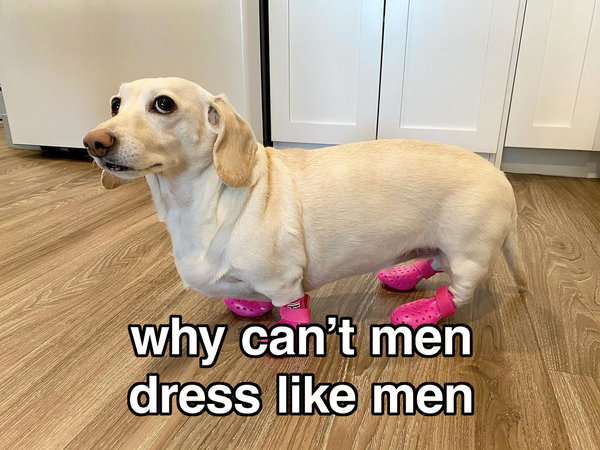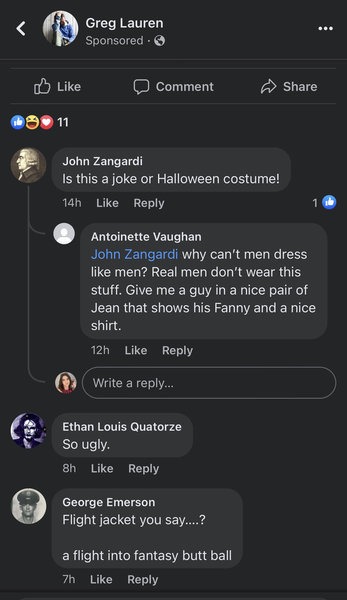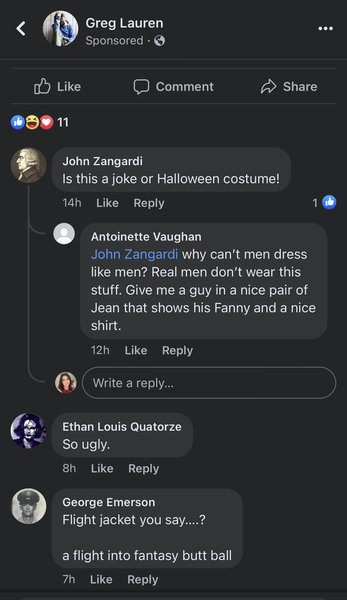- Joined
- Mar 8, 2002
- Messages
- 57,517
- Reaction score
- 36,347
I decided to put this out there, and will be moving posts that speak specifically to the the workings of the fashion industry, from other threads, here. A lot of people seem to be be interested, and it would be nice to have a place where people can find information, opinions, and give their own.
This can to mind becaue of an article in BoF (www.businessoffashion.com) - about how the "See now, buy now" might be disregarding the extended exposure needed to build value in a consumer's mind. I think that there is a point to delaying gratification (see Christmas), but I also think that six months between a show and a collection is a lot of time, and can't possibly be the optimal time needed to build consumer interest. Maybe a month? Maybe a bit more? But more than that, and other things will distract, and diminish the impact of those initial images.
Here is the article: https://www.businessoffashion.com/articles/opinion/see-now-buy-now-fashion-consumer-psychology
This can to mind becaue of an article in BoF (www.businessoffashion.com) - about how the "See now, buy now" might be disregarding the extended exposure needed to build value in a consumer's mind. I think that there is a point to delaying gratification (see Christmas), but I also think that six months between a show and a collection is a lot of time, and can't possibly be the optimal time needed to build consumer interest. Maybe a month? Maybe a bit more? But more than that, and other things will distract, and diminish the impact of those initial images.
Here is the article: https://www.businessoffashion.com/articles/opinion/see-now-buy-now-fashion-consumer-psychology
Last edited:

